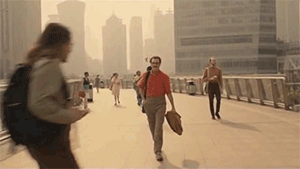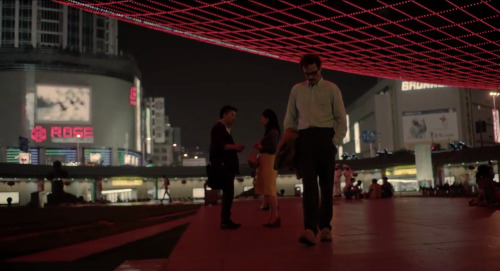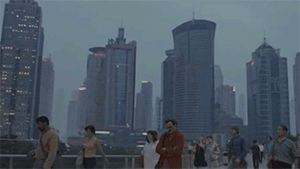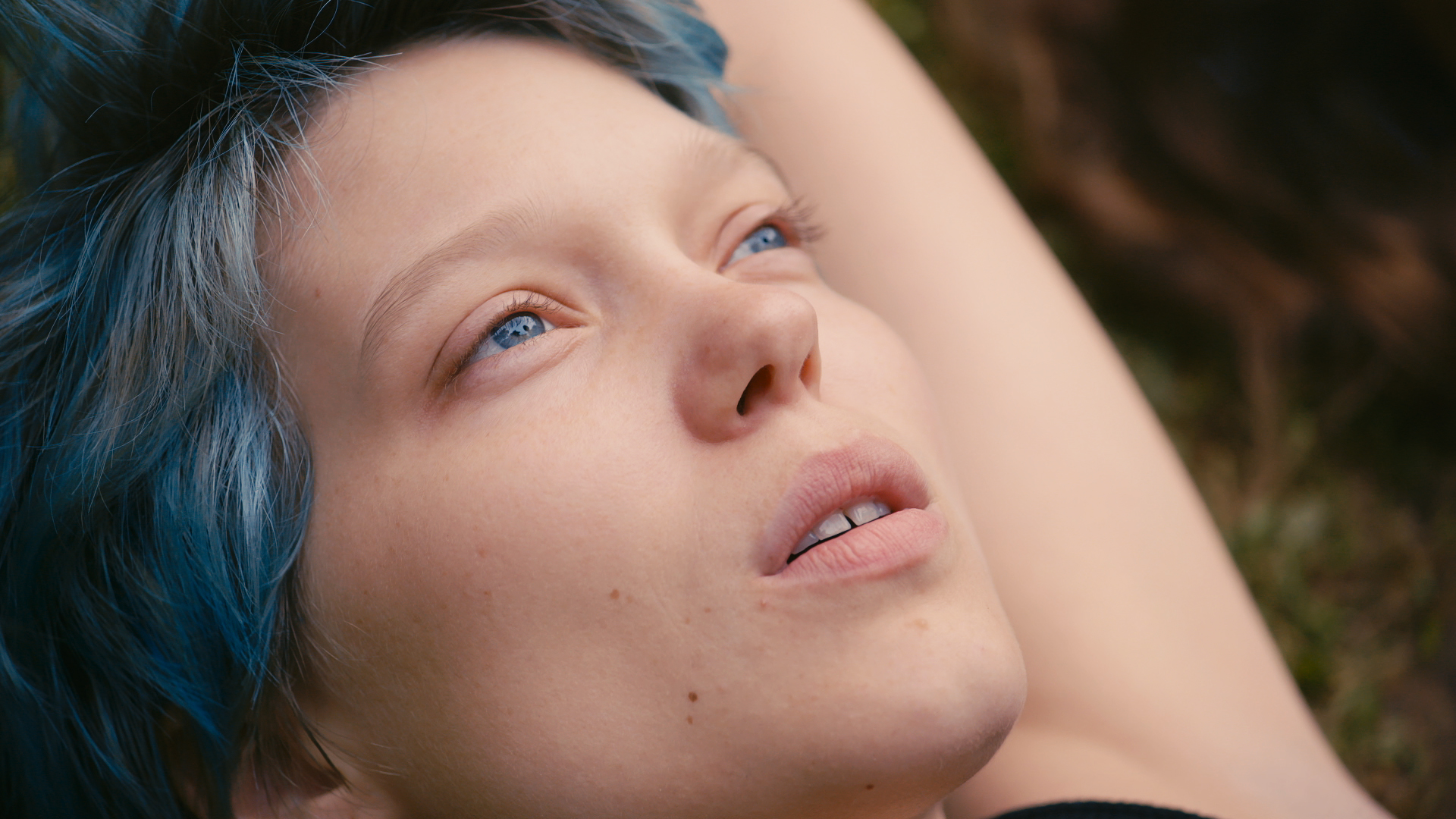For the past few days I've been working on a large environment piece for our prototype idea. Rob and I met up on Sunday and had a little work jam, which turned out to be a great idea, because he managed to get a bunch of gesture tests working, and I managed to get the majority of this painting finished:
I'm really happy with how it turned out because it conveys a lot of the core aspects of our games' environment. Aside from the general mood and colours of the environment you can also get an idea of the navigation of the game, and also the hotspots which will be in the environment.
The clouds of smoke idea was inspired by many things for navigation, such as the mountain in Journey, and the desire to not have any HUD system or traditional guiding elements.
And I'm sure I've talked about the hot spots before but to re-iterate, they are the locations around the map which will trigger the stories and songs of the appalachian people and will be the areas in which the player can interact with objects.
To return to my part of the project specifically, I promised to use audio and motion to give a stronger sense of the game mechanics and aesthetics within my concept art. I've applied these to this piece of concept art and I'm really happy with the end result. The motion gives a greater sense of depth, which ultimately gives a much greater impression of how it would feel to explore in a 3D space. The audio also helps this along a ton. Good ol' freesounds.
Here's the motion concept art - make sure HD is on :
Also here's some style tests and cabin designs I did too.



.png)
.png)








